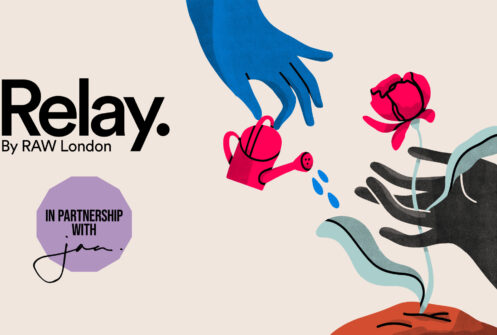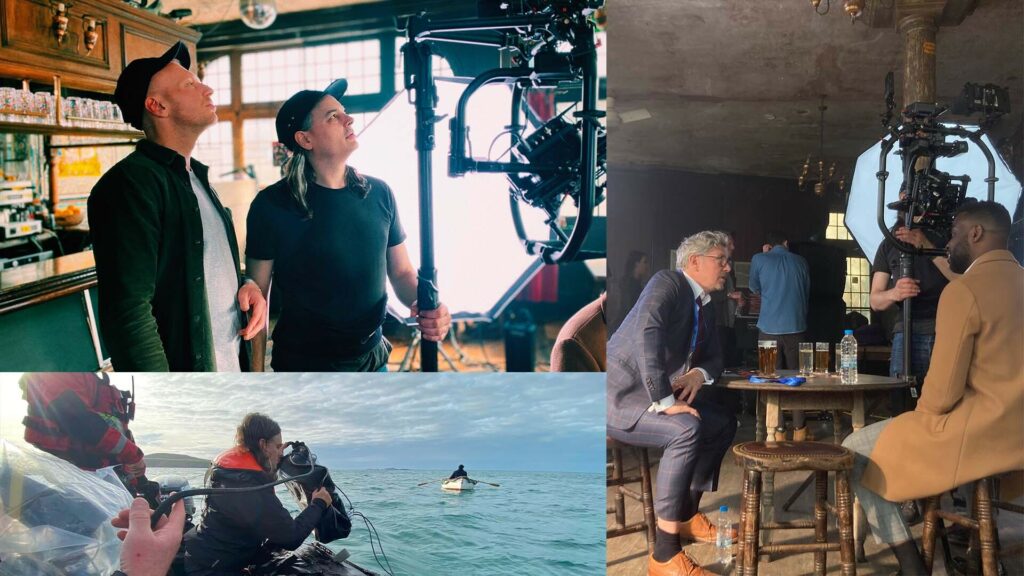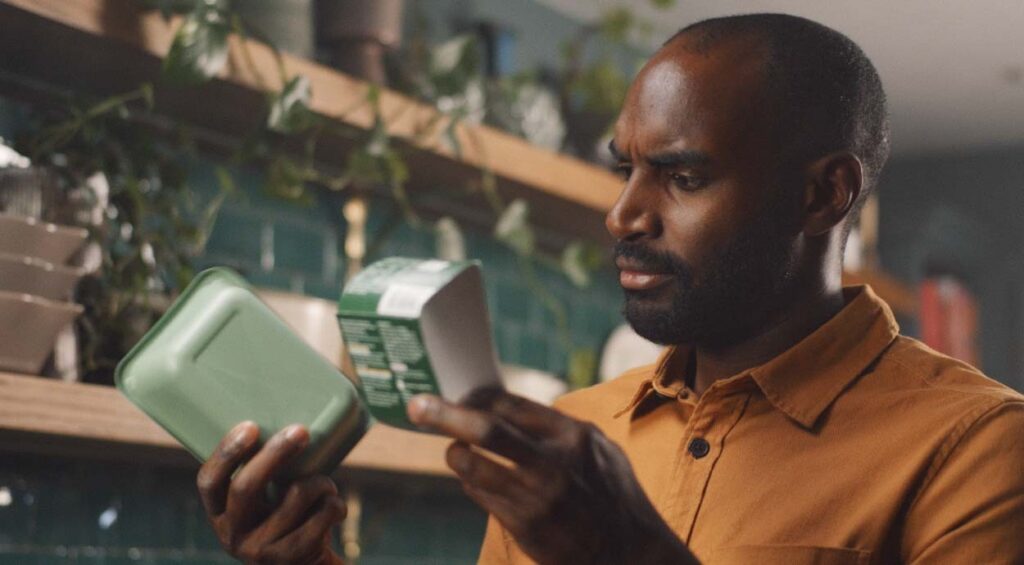

In 2020, UK adults spent a third of their waking hours watching TV and online video content. That’s nearly 6 hours a day. Sure, COVID-19 meant alternative activities were limited, but that’s still a heck of a lot of Selling Sunset.
A few years on, there’s no sign of slowing, as audiences watch more online video than ever before. As a result, the advertising sector is spending more, with UK production spend estimated at almost half a billion pounds.
But is it money well spent? And what is the true cost on the planet?
As Executive Producer here at Raw London, I see first-hand the impact film can have for charities and brands alike. Whether fundraising, boosting awareness, or encouraging action, video content can make a real difference.
This has been especially true for many of our environmental clients; from Whale and Dolphin Conservation to Climate Week NYC.
Aside from the strategic rationale, film has an unrivalled power to bring a story to life. It can entertain, shock and surprise. It can transport audiences and challenge views, which is why it’s so effective for much of the work we do.
But its potential to do good comes at a heavy cost: Carbon.
As the below quote from AdGreen describes, reporting on the issue of sustainable production is patchy. This lack of data speaks to an industry that has a lot of catching up to do.
However, to give you an idea; AdGreen estimates that for an average TVC shoot day with around 70 clients, agency, crew and cast, you could estimate 1 – 2 tonnes of co2e (depending on your lighting set up, set builds and catering options).
“No-one knows how much carbon all those productions produced, because no-one’s been measuring it.”
AdGreen, an organisation aiming to unite the advertising industry to eliminate the negative environmental impacts of production.
Adgreen’s handy carbon calculator highlights the big culprits when it comes to carbon emissions from production. You’ll see the usual suspects:
For now though, let’s focus on carbon. I’m pretty sure I don’t need to tell you why carbon matters so much. However, if you haven’t yet read the most recent 3,675-page IPCC report, just skip to the final paragraph (and make sure you’re sitting down).
“The scientific evidence is unequivocal: climate change is a threat to human well-being and the health of the planet. Any further delay in concerted global action will miss a brief and rapidly closing window to secure a liveable future.”
AR6 Synthesis Report: Climate Change 2022, IPCC
Moving past the shatteringly bleak phrase ‘a liveable future’, the report points to CO2 emissions as the main culprit for driving climate change. So, limiting carbon emissions is our only real hope to stabilise the climate – and, no matter how important the story we’re telling, this matters more.
The good news (if there can be any) is that there are some actions we can take before this ‘rapidly closing window’ closes forever.
We’ve just completed AdGreen’s sustainable production training and would highly recommend it. It provides loads of helpful resources and guides for content producers setting their sights toward net-zero. For example:
The list is expansive, and the opportunities to change are there. You could even look at carbon offsetting too (though I’ll open that can of worms another time).

This green mountain shouldn’t be for production teams to climb alone. In fact, Thomas Kolster proposes baking sustainable solutions into the creative idea itself:
“Why are we still watching a shampoo commercial in which the lead drives a fossil fuel car? Why isn’t she riding a bike, or driving an EV? In our industry, it’s important to show the right sustainable behaviours and choices in our storytelling.”
Thomas Kolster, Goodvertising Guru
It’s a powerful provocation: instead of passing the buck, creatives and scriptwriters also have the capacity to positively affect change. They can even embed solutions within the concept.
So, next time you’re working up idea, consider: Do we really need to set this scene in Spain? Can we lose a location, and reduce travel requirements? Does the protagonist really need to enter a room, bursting with non-biodegradable helium balloons?
I believe this responsibility travels even further up the chain too. Whilst it requires a change in behaviour from crews and agencies, to really make it work the approach needs to be championed by clients, too.
But first, we need to change the dialogue. Can sustainability still be an ‘extra’ consideration, or a ‘nice-to-have’? Do carbon emissions need to be considered as imperative to production as the bottom line? Can an idea be ‘outside of the carbon budget’? Or, if a carbon cost can’t be avoided, should we be having open and collaborative conversations with clients to find solutions together?
A good example of this is our recent campaign with L’OCCITANE. As a purpose-led brand, sustainability was a key consideration from the start; built into creative idea and considered at every stage of production.

One initiative that clients can support is the ‘Green Levy’, proposed by AdGreen. The levy is 0.25% of the cost to produce an advertising asset – that’s just £2.50 per £1000 spent, capped at £2,500 per production. The money goes to AdGreen, and funds the resources, carbon calculator and training that they provide.
At Raw London, we’ve already started making changes. We’ve made the switch to vegetarian sets, are minimising the travel footprint of productions and aim for zero waste across the board. However, like the majority of the industry, we still have a long way to go.
I won’t pretend that I don’t find the task daunting. It’s too easy to fall in the mindset highlighted in the BFI’s Sustainability report, with one anonymous production studio source quoted as saying:
“Everyone [in film production] is working under pressure. Everyone has to get their jobs done quickly and the set turned around quickly. The priority is being ready to shoot. Everything else is secondary to that.”
Anonymous, BFI’s Sustainability Report
Whilst I can truly empathise with that feeling, every industry can point to its own challenges and… excuses.
I believe that we can do it because we have to.
For Raw London, this is our objective for the future; making great films that don’t cost the earth. And, if you’re a client of ours, we’d love your support in our journey.
In the meantime, you can talk to us about making your content greener at hello@raw.london. Or, read more about our B Corporation commitments here.
You can also find more information and resources on the AdGreen website.